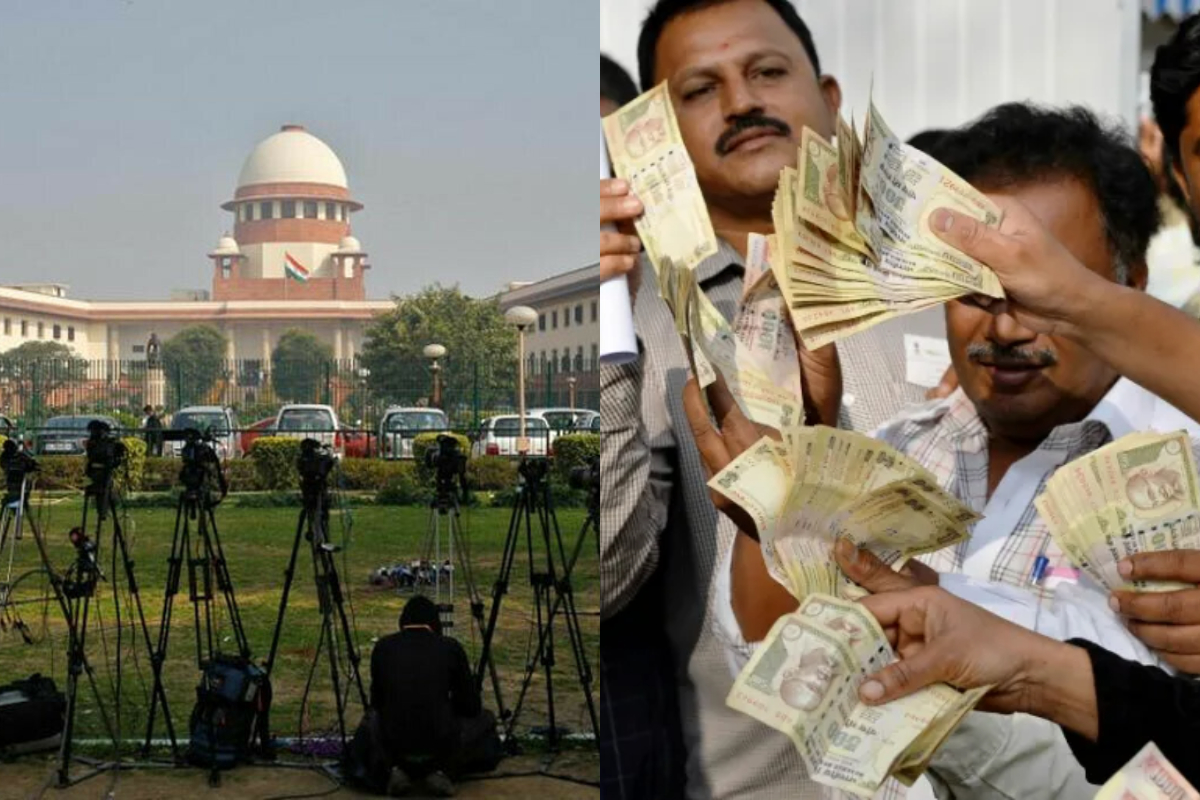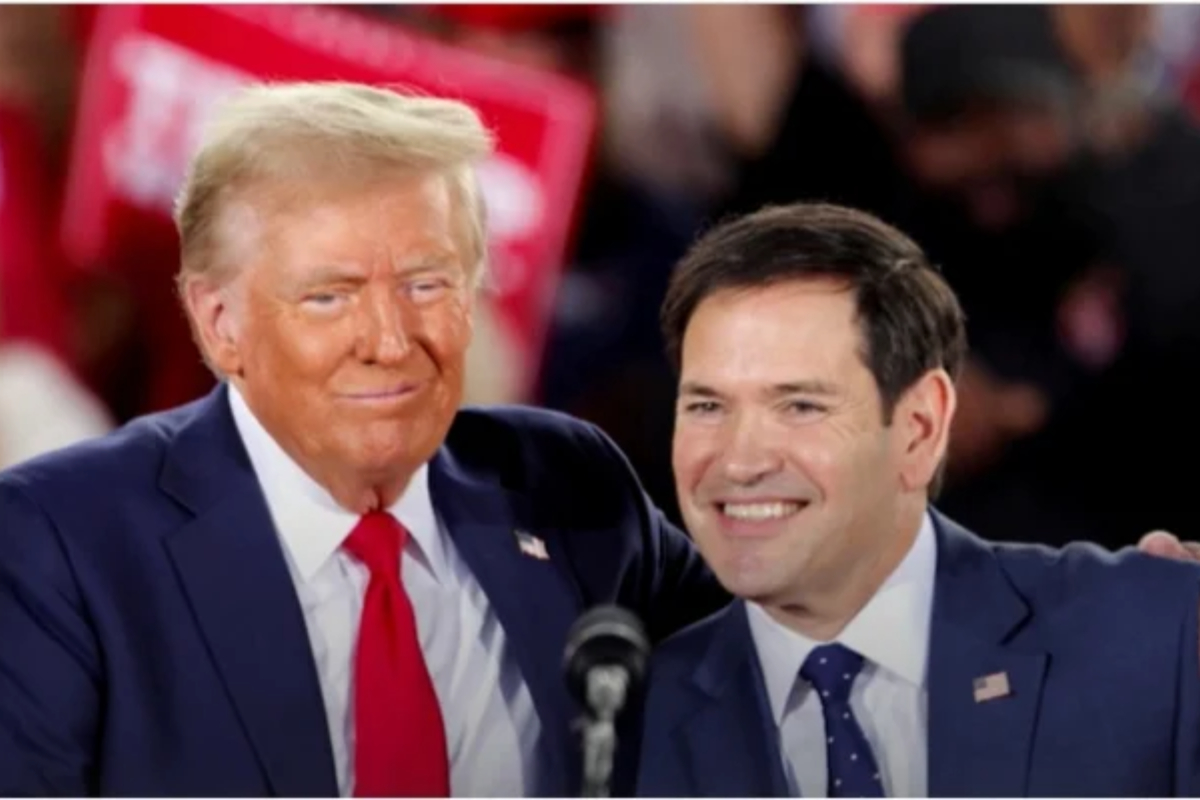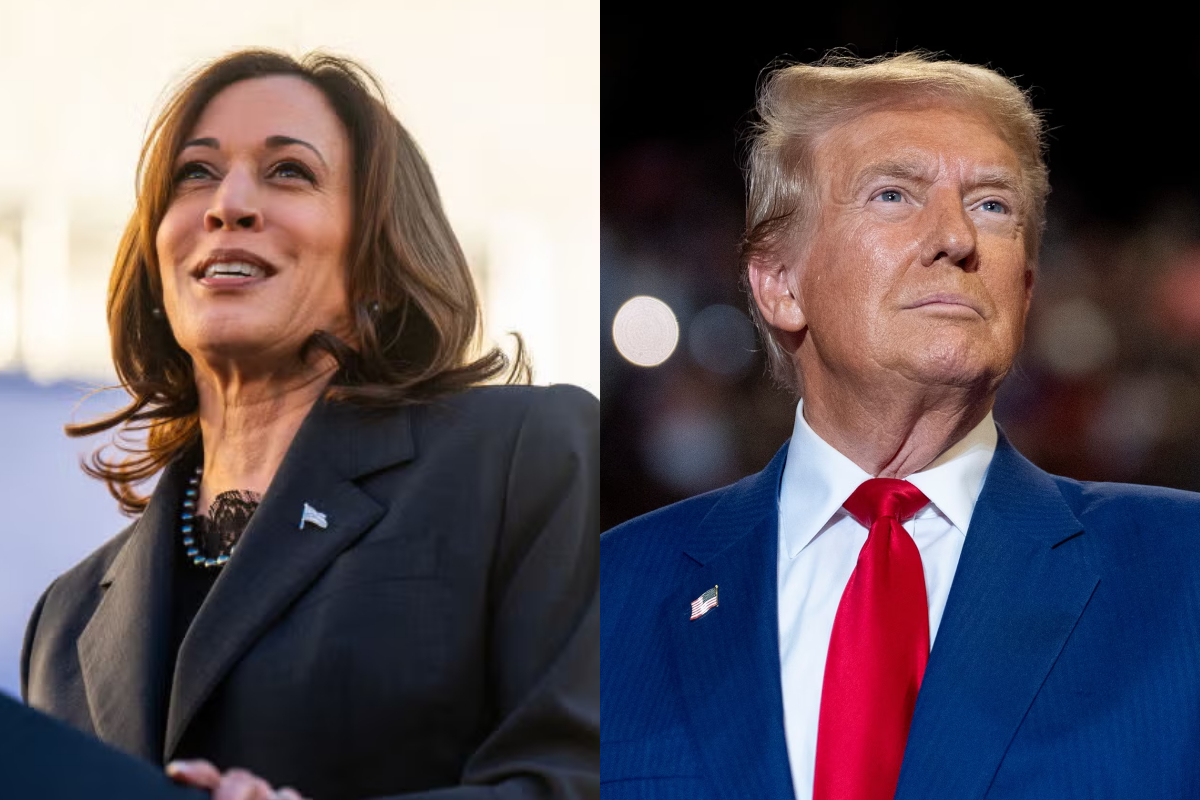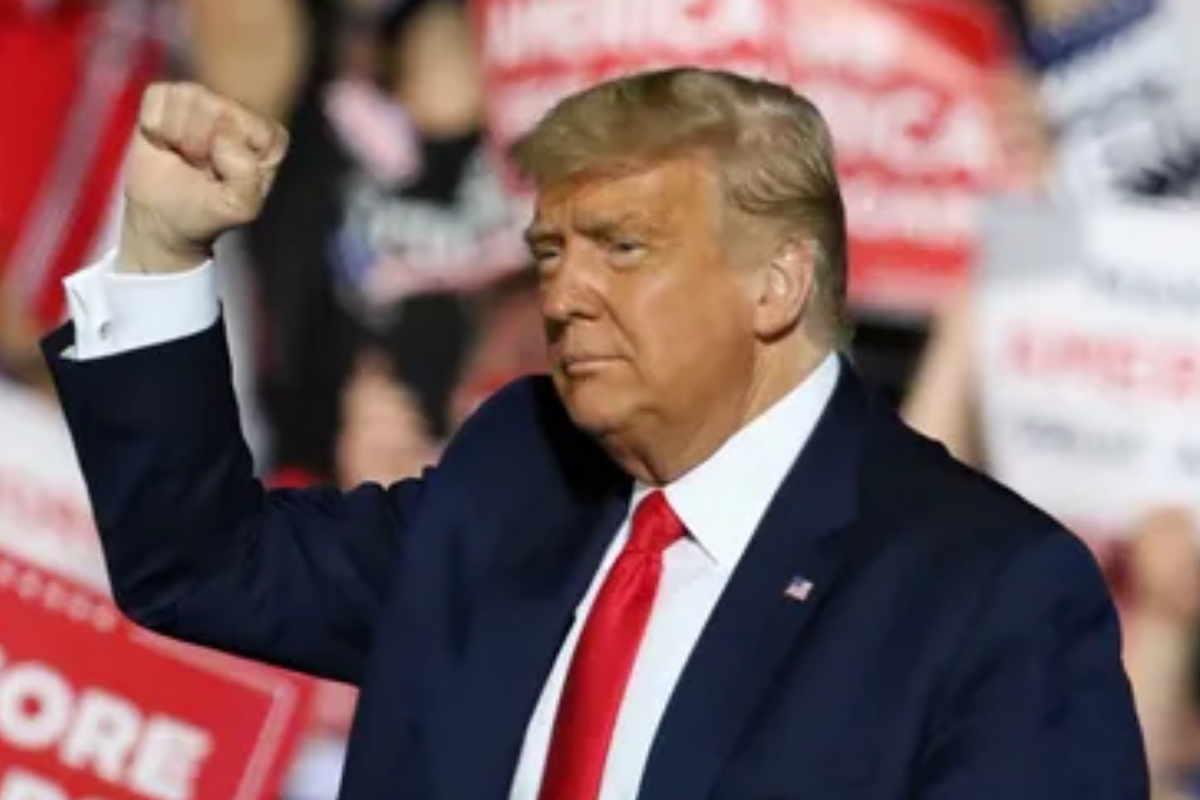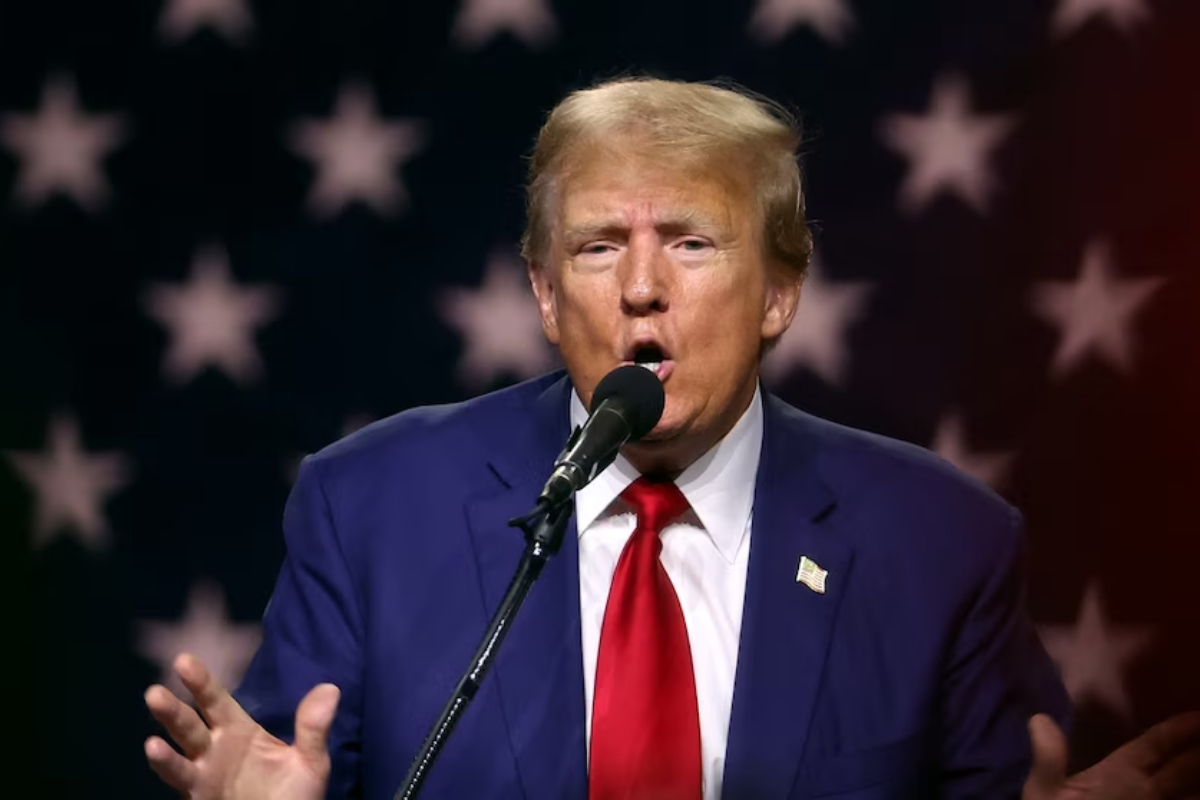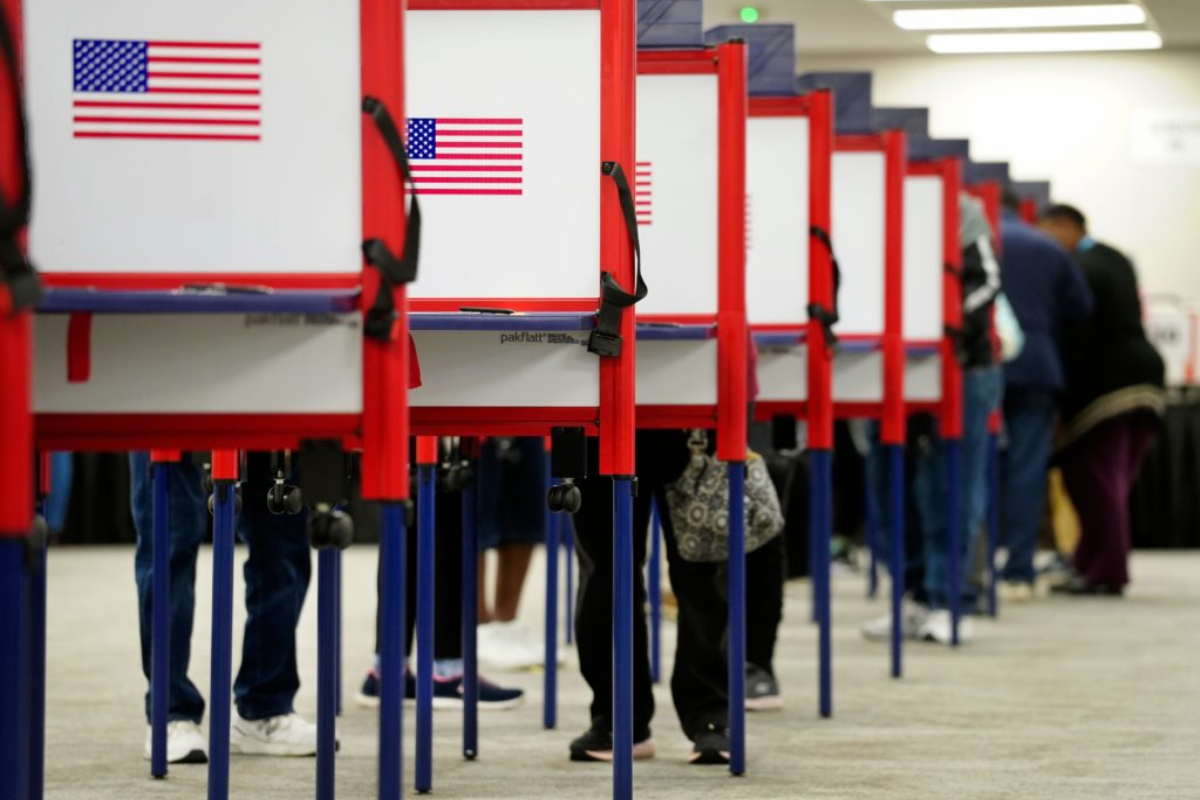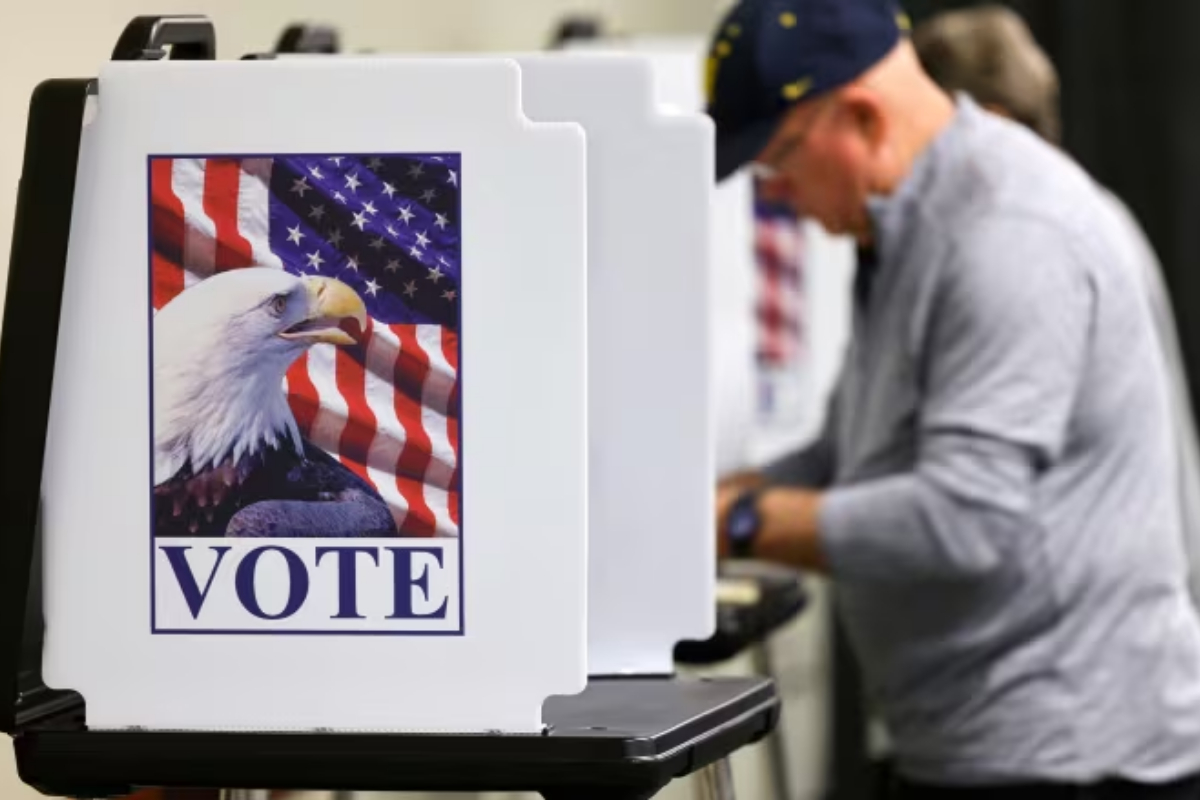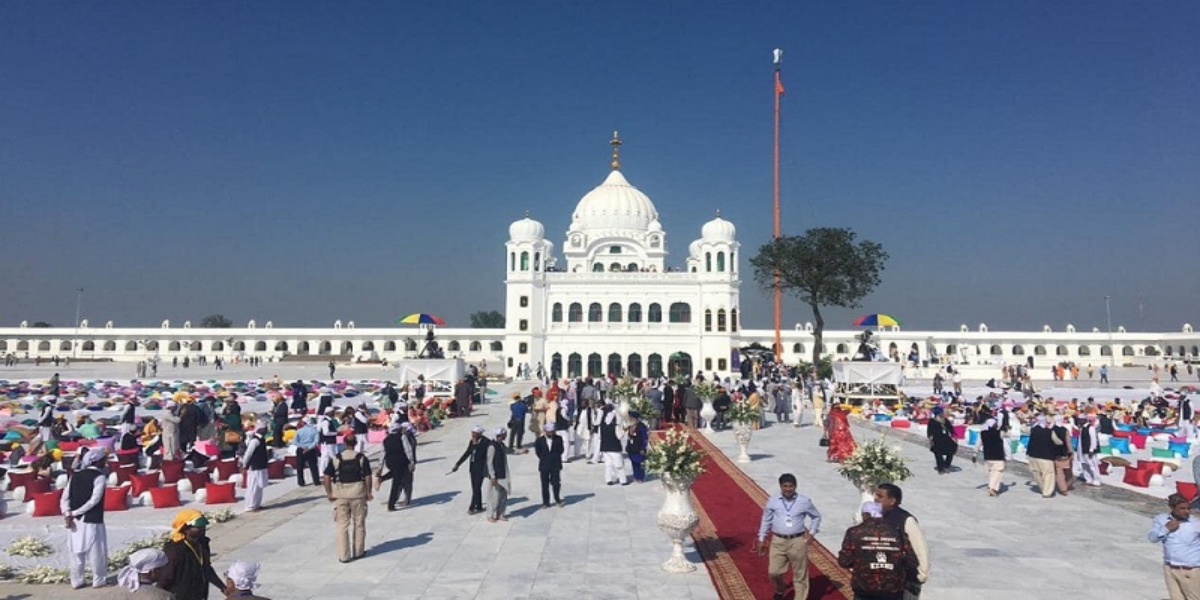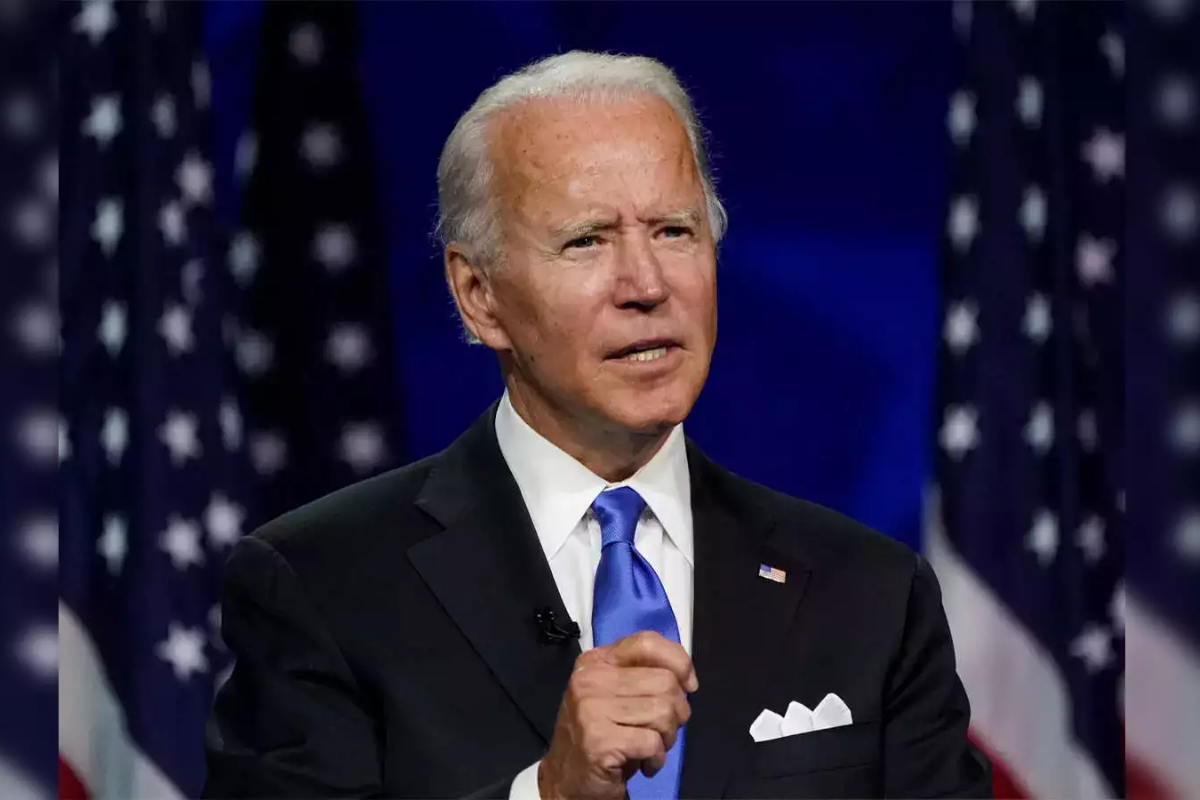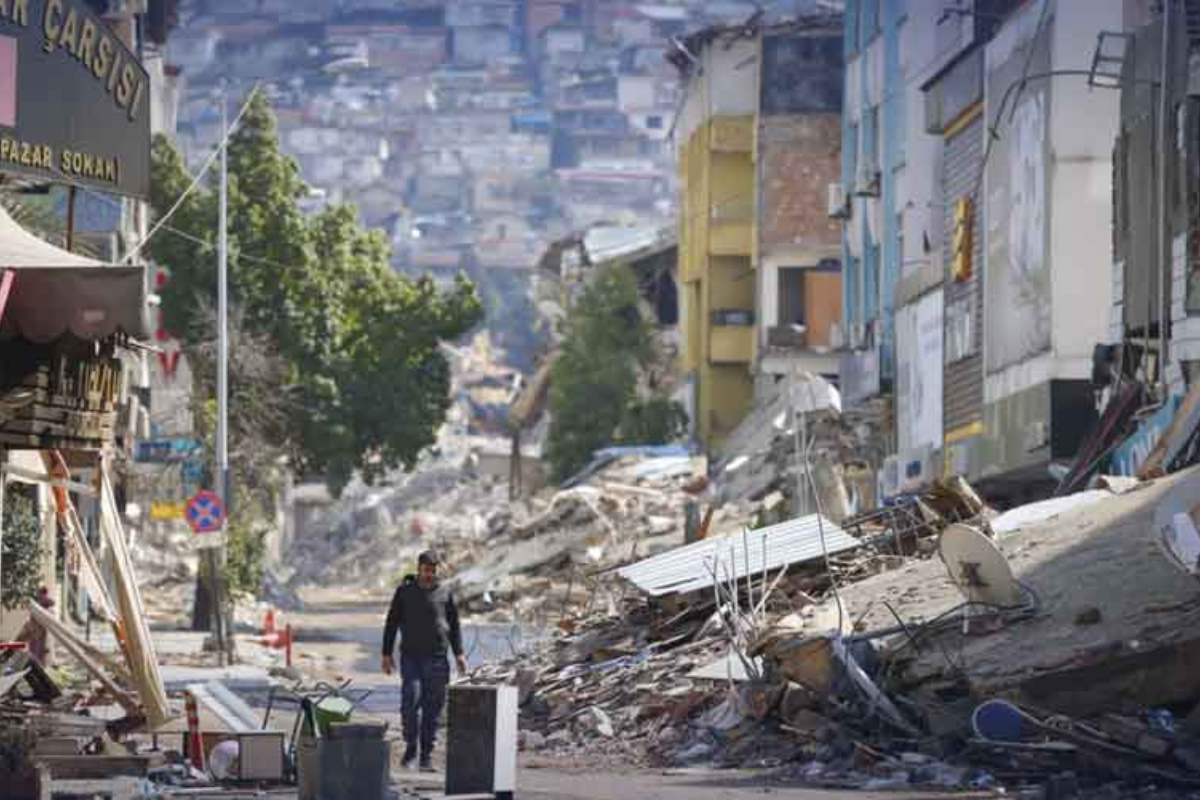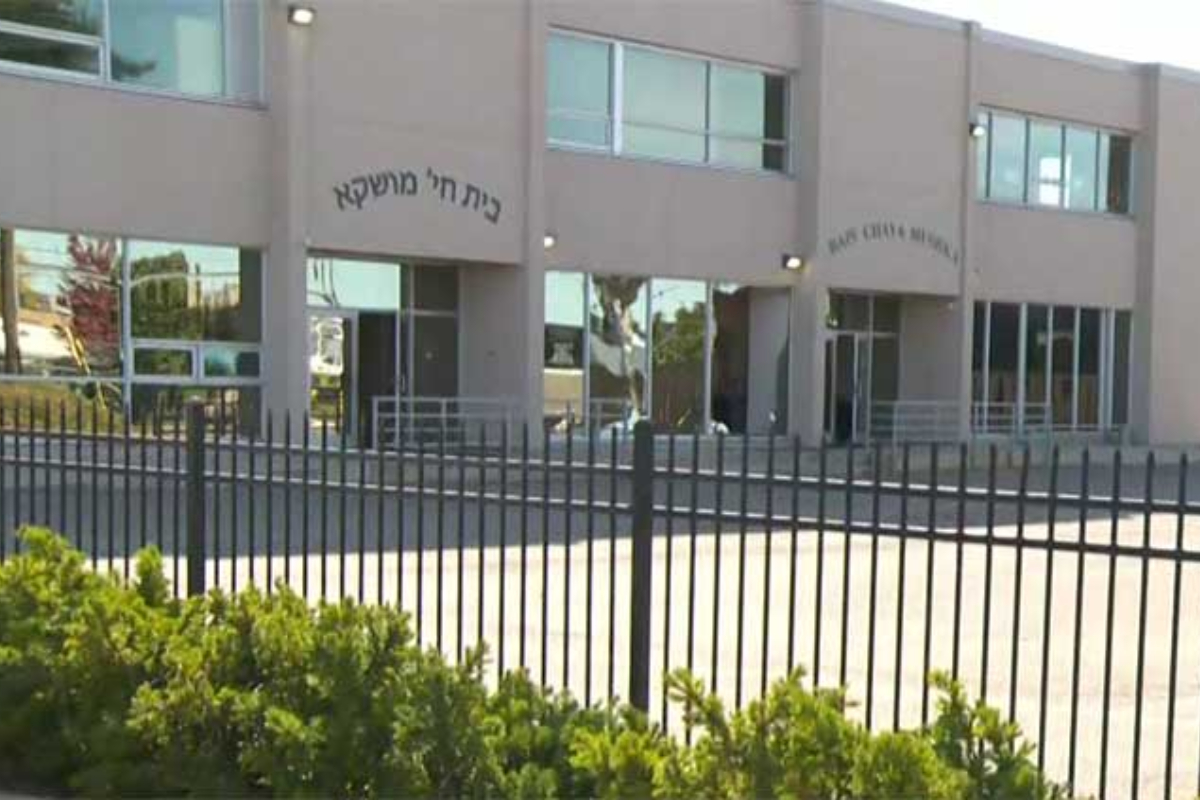- India’s Supreme court upholds the ban on 86% of currency.
- Monday’s ruling was made by a majority of the nation’s highest court.
- Only Justice BV Nagarathna expressed disagreement in writing out of 5 judges.
The government’s decision to demonetize 86 percent of the country’s cash supply in 2016 was confirmed as valid by the Supreme Court of India, which noted that the decision was made in accordance with the law and after consulting the central bank.
A majority of a five-judge panel of the nation’s highest court rendered the decision on a number of petitions challenging the action on Monday.
Out of the five judges, one expressed disagreement in writing.
“The … notification dated 8th November 2016 does not suffer from any flaws in the decision-making process,” Justice BR Gavai, one of the four judges who agreed on the decision, said in a written opinion.
Justice BV Nagarathna, however, gave a dissenting judgment, calling the decision “unlawful” and “an exercise of power, contrary to law.”
She said the currency ban could have been carried out through an act of parliament, not by the government.
Lawyers, a political party, cooperative banks, and private citizens were among the petitioners.
P Chidambaram, a former finance minister of India, was one of the attorneys who argued against the note ban proposal.
In order to combat corruption and target undeclared “black money,” Prime Minister Narendra Modi announced on national television in November 2016 that all 500 and 1,000 rupee notes, which made up 86 percent of the currency in circulation, would be banned.
However, the widely known “demonetization” initiative seriously affected India’s cash-based economy. Small firms and manufacturers suffered losses, which sparked a recession and months of financial upheaval for common, cash-dependent Indians.
As cash ran out, hundreds of thousands of people formed long lines in front of banks and ATMs to exchange their savings for legal value.
In the end, the government issued new notes with denominations of 500 and 2,000 rupees.
India lost 3.5 million jobs in the year after demonetization, claims Mumbai-based research company the Centre for Monitoring the Indian Economy.
In 2017, the government implemented a single Goods and Services Tax to replace a convoluted system of cascading federal and provincial taxes (GST).
Many small firms, which make up the majority of India’s economy, were unable to abide with the new rule and were forced to close.
Despite the ensuing upheaval, many people backed demonetization because Modi presented it as a battle between the corrupt rich and the poor.
Some petitioners had maintained that the central bank, the Reserve Bank of India, and not the government should have made the decision to prohibit or deem any series of banknotes illegal.
The ruling by India’s highest court, according to the country’s major opposition party, Congress, said nothing about the effects of demonetization, which it dubbed “a uniquely terrible measure,”
“The majority Supreme Court verdict deals with the limited issue of the process of decision-making, not with its outcomes,” party spokesman Jairam Ramesh said in a statement.
[embedpost slug=”supreme-court-of-india-lifted-ban-on-massive-prayer-gatherings-in-mosques/”]

